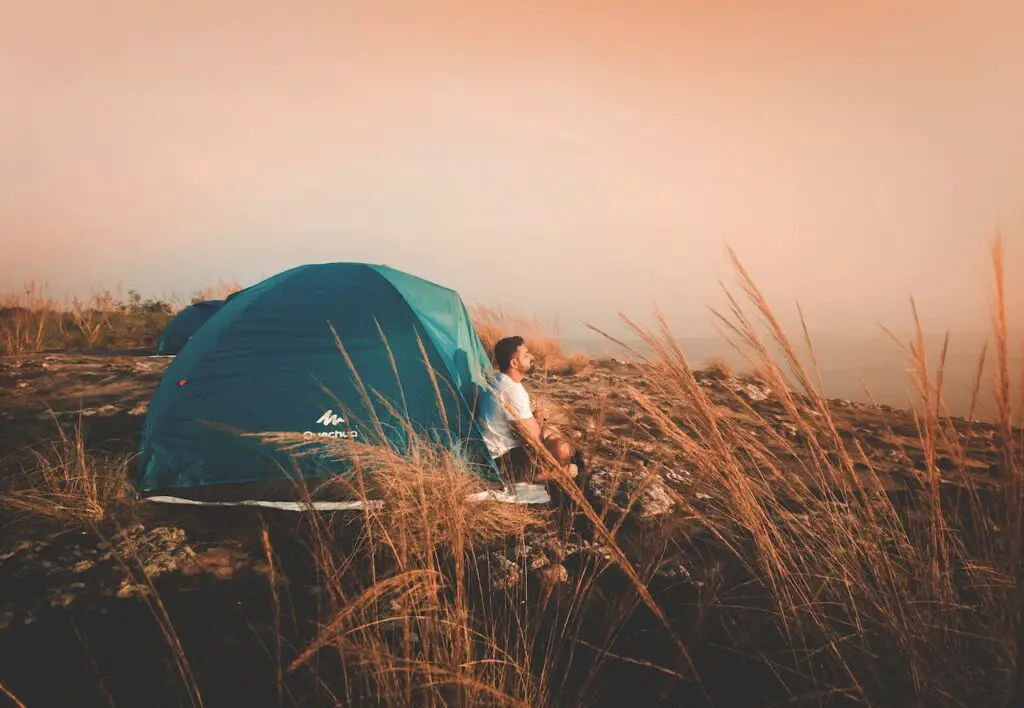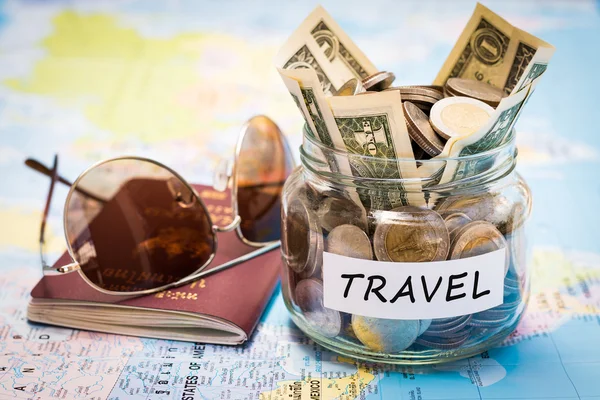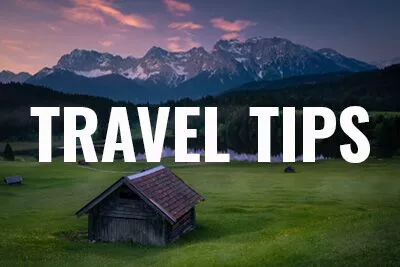The Namib Desert is a coastal desert located in the west coast of South Africa. Covering the area of 31,274, sq. km areas and stretching the 2000 km Namib across Angola, Namibia and South Africa. Its special features include red sand dunes with fascinating heights and the oldest and most ecological standard desert in the world.
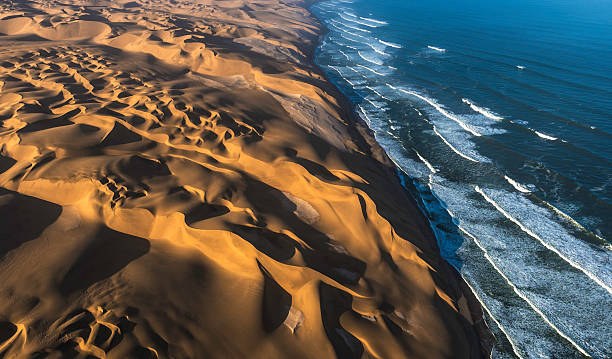
We should also remember Namib of its mesmerizing beauty and unique ecological significance. Its vast dunes, shaped by the wind over millions of years, create a landscape like no other. In Spite of that as an explorer you can also discover the rich biodiversity, wildfires, fascinating adaptations, and the allure of adventure that the Namib Desert offers to travelers and nature enthusiasts.
Never miss to forget to uncover the secrets of this ancient, ever-changing desert and hidden truths which most visitors won’t believe in order to discover why it is a must-visit destination for anyone seeking awe-inspiring natural wonders.
7 Interesting things to do in the Namib Desert
Here we are going to explain about some of the most interesting things to do by a backpacker while he visited Namib Desert land.
1. Visit Sossusvlei
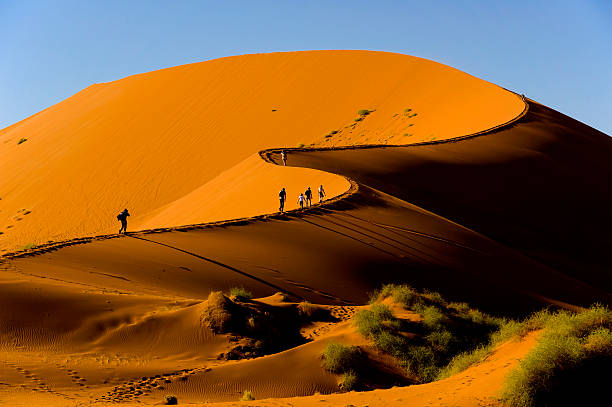
Visiting to Sossusvlei is going to be a rarest visit in your travel bucket list. Due to its enormous sand dunes are major and spectacular beauty here in Namib Desert. It is an iconic salt and clay pan dotted with ancient camelthorn trees and surrounded by towering red sand dunes. Surrounded by the panoramic Tsauchab River in southern Namibia making it a perfect sunset and sunrise view destination for photographers and nature enthusiasts.
2. Discover Deadvlei

Deadvlei is a clan pan featured by dark, dead camel thorn trees contrasted against the white pan floor. It had historical significance as the Tsauchab River flooded and allowed camel thorn trees to grow. Approximately it is around 900 year old trees which have not decomposed due to dry weather. Interestingly, Deadvlei trees create a hauntingly beautiful scene that contrasts starkly with the surrounding red dunes.
What are the Best Travel Insurances?
3. Climb Dune 45

Considered as a most picture square and photographer destination. Due to its fascinating shapes and easy accessibility this famous dune provides fantastic panoramic views of the surrounding desert landscape. Dune 45 of the Namib Desert was created by the dry sand by the consistent wind from the coast of Namibia. These sand dunes 300 meters above the desert level and near to lagoons, wetland and coast. However, dunes are around 5 thousand years old and red in color due to iron oxide.
4. Take a hot air balloon ride

Most recommended and one of the easiest ways to explore the Namib Desert from above is through hot air balloon ride. Available in the southern part of the Namib Desert, taking the Sossusvlei is a great way to see the desert in all its glory and explore the sand dune transforms. Spend time above the desert in a hot air balloon for an unforgettable experience. You can also take a hot air balloon ride in Etosha National Park, Damaraland.
5. Stargaze

Due to dark nights and limitless desert areas creates optimal conditions for viewing the southern constellations in Namib Desert. Its clear night skies, making it an ideal location for stargazing and astrophotography. Suitable places for even astronomers and complete novices and luxury and expertise for a steller stargazing holiday. Namibian climates and landscapes, dry cloudless skies, minimal contamination by artificial lighting and less air pollution makes a perfect destination for stargazing.
6. Visit Sesriem Canyon

It is a narrow, deep canyon carved by the Tsauchab River and which offers perfect opportunities for hiking and exploring Namib Desert. One of the most interesting facts about Sesriem Canyon is its resilience in the arid desert environments. Its towering canyon walls provide shade and Sesriem canyon serves as a corridor for wildlife especially during dry summer seasons.
7. Discover desert oriented wildlife

From the Sossusvlei to Etosha National Park Namib has a rich wildlife heritages. Namib Desert is home to a variety of unique wildlife, including oryx, springbok, aardvark, aardwolf, black rhino, buffalo, elephants, giraffe, hyena leopard, lion puku and various reptiles are available more in numbers. May to October are the most recommended months to explore these wildlife and reptiles.
Picnic Chocolate bar logo and taglines.
Facts about Namib Desert
Let’s see some of the Quick facts about desert;
- World’s oldest desert. The Namib Desert has been dry almost 80 million years or at least 50 million as per research.
- Unique Climate condition. Its strange sensation out of sea through fog from height on a sand dune and turns feeling cold almost 180 days.
- Deadly skeleton coast is in Namib. Due to the inability to launch boats from the shore, the northern part and the hard and hot desert conditions are the reason for numerous shipwrecks.
- Protection of their natural heritage. The republic of Namibia has been the first country to include protection of environments in the country.
- Namib Desert has an underground lake. Largest underground lake lies beneath the hot Kalahari Desert in Namib Desert (100mm down).
- Desert adopted Lions. You can spot dessert adopted lions lives nearby in the beaches, sand dunes and barren mountains.
- Welwitschia plants. Helpful for storing and trapping water in their pores on the rare occasions that it rains and survive rarely up to 2000 years.
- Interesting Sand dunes. Some sand dunes here are 300m/328yd and stretch up to 32 km/20m, varying according to the inland from the coast.
- Largest rock petroglyphs. Twyfelfontein has one of the African continent’s largest concentrations of rock engravings and art. UNESCO World heritage site and conducting some of the shamanist rituals.
- Damaraland Elephants. Surprisingly one of the largest land mammals surviving one of the driest places on the planet.
Namib Desert Animals
Namib Desert animals classified as;
1. Most Dangerous animals

Namib has very dangerous animals like Leopards, Rhinoceros, Lions and snakes like Black mamba.
2. Most Endangered animals

Namib Desert tries to preserve and protect some of the endangered animals like African bush Elephants, Cheetah, mountain Zebra, African white dog and white and black Rhinoceros.
In Spite of that, you will find 200 types species of reptiles, 1500 sorts of insects. Zebra, elephants, hyena, wildebeest and Lions are the most surviving animals in Namib Desert.
Namib Desert Climates
As you know, the Namib Desert has less than 1 cm of perception every year and everything is barren entirely. So that we can expect more fog and saturation in the nearby regions. If you move to the coastal region, the temperature turns steady to 9-20C. Wind blows to inland makes moisture land air to sea in order to create fog and offers water sources to living things.
Namib Desert having variable temperature and climates compared to daytime and night-time. Night times it is freezing and even during daytime 45C daylight hours. You can expect less rain even in regions like the coast and central regions of the deserts and sometimes it reaches great escarpments. Many streams are flowing from this rock formation to the sea, out of which some reaches soak below the desert.
Namib Desert Plants
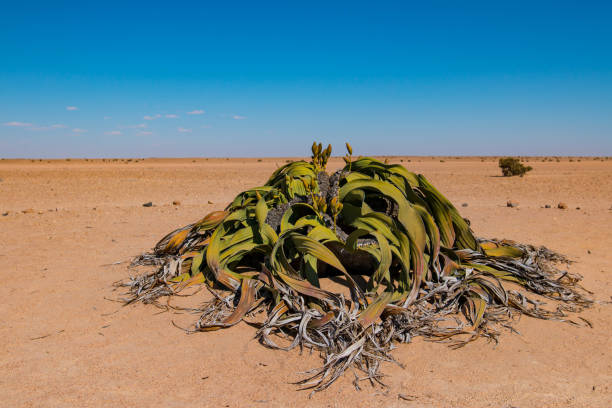
In Spite of vast desert area coverage, some of the interesting and rare plants are available to see in the Namib Desert. More interestingly, Welwitschia plants consist of 2 leaves and a steam with a lifetime of 2000 years. It can grow up to 6 feet high and 24 feet wide. These plants are referred to by Darwin as “the platypus of the plant kingdom”.
Another plant is Deadvlei, it is a clan pan featured by dark, dead camel thorn trees contrasted against the white pan floor. Deadvlei trees create a hauntingly beautiful scene that contrasts starkly with the surrounding red dunes.
Quiver trees are bizarre plants which cut its own branches during the times of severe droughts in order to save the moisture through its leaves.
Namib Desert Map

Q: How was the Namib desert formed?
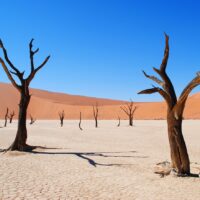
A: According to research, Namib desert formed by the river water. Through out the million of years, river has eroded desert’s rocks and deep steep gorges in the landscapes.
Q: In which country is the Namib desert found?
A: The Namib Desert is a coastal desert located in the west coast of South Africa. Covering the area of 31,274, sq. km areas and stretching the 2000 km Namib across Angola, Namibia and Sooth Africa.


